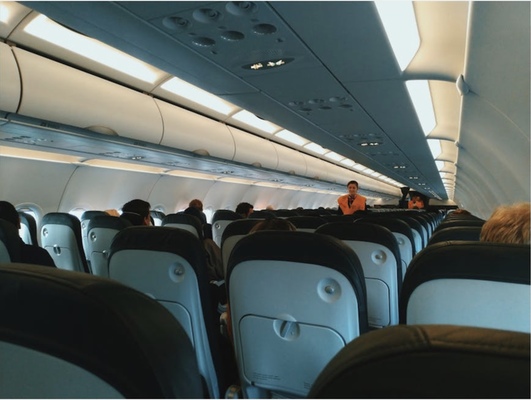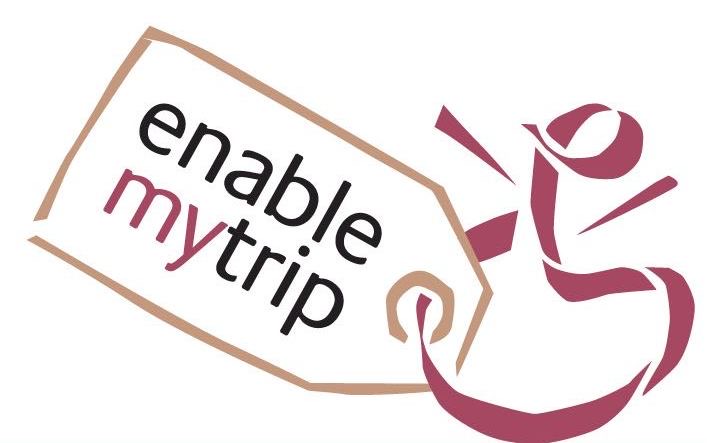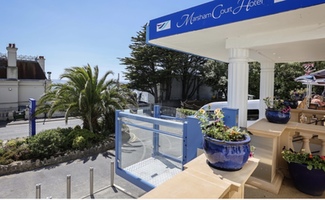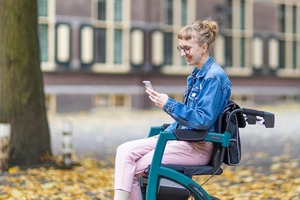
 Convaid Carrot 3 Special Needs Seating Convaid Carrot 3 Special Needs Seating | A family of four with a 13 year old boy who has cerebral palsy, looked forward to their holiday to Tenerife. They had used a special seat on the aircraft for their son in the past and had not had any problems. At around 6pm the day before departure the family received a call from TUI, saying that they could not be accommodated on the flight as the special needs seat (a 'Convaid Carriot 3') would only be placed on the very back row of the aircraft, and that this was a regulation. |
The back row seats were already reserved, and the aircraft was fully booked. Fortunately the family were able to travel the following week. The family had booked 5-6 weeks before departure, but had not considered that the special seat would be an issue. They had sorted out special assistance, carriage of the wheelchair etc, but did not mention the Convaid Carrot 3 until about 4 weeks before departure, as they had taken it in the past. The TUI agent did flag this up as being something that 'could cause issues'. There appears to have been some breakdown in communication which led to the holiday being deferred by a week.
We have been in touch with the special assistance departments of two UK airlines : TUI and Jet2 , both highly regarded airlines and tour operators. Both have informed us that anyone who needs to take on board an aircraft, a special seating device or harness, that needs to be secured on the existing aircraft seat by passing straps around the back of the seat, must be seated on a row whereby their are no passengers behind - i.e. normally the back row. This regulation is laid out in the following:
Regulation (EU) No. 965/2012 as retained (and amended in UK domestic law) under the European Union (Withdrawal) Act 2018
AMC2 CAT.OP.MPA.155(c) Carriage of Special Categories of Passengers (SCPs)
SEATING ALLOCATION OF SCP WITH A DISABILITY AND/OR RESTRAINT AID
- A disability and/or restraint aid that requires to be secured around the back of the seat should not be used if there is a person seated behind unless the seating configuration is approved for the use of such devices. This is to avoid the changed dynamic seat reactions with the disability and/or restraint aid, which may lead to head injury of the passenger seated behind.
(b) If the seat design or installation would prevent head contact of the person seated behind, then no further consideration is necessary.
Interestingly the regulation wording states ' unless the seating configuration is approved for the use of such devices' . No one could inform me what that configuration would be. Needless to say, my assumption is that all UK airlines apply this regulation.
Interestingly , the agent at Jet2 informed me that they apply the 'EASA - European Union Aviation Safety Agency Regulations' (not the CAA - Civil Aviation Authority UK) . I did point out that the UK left the EU on 1st January 2021.
Please ensure that full details of any device is given to the airline as the majority, not all , seating devices are approved by the CAA. I believe that similar regulations exist with the FAA - Federal Aviation Authority - in the USA.
I think that the lesson here is to ensure that travellers communicate directly with the airline, and make absolutely sure that every requirement is communicated clearly and confirmed in writing by the carrier, so that this kind of disappointment is eliminated.









